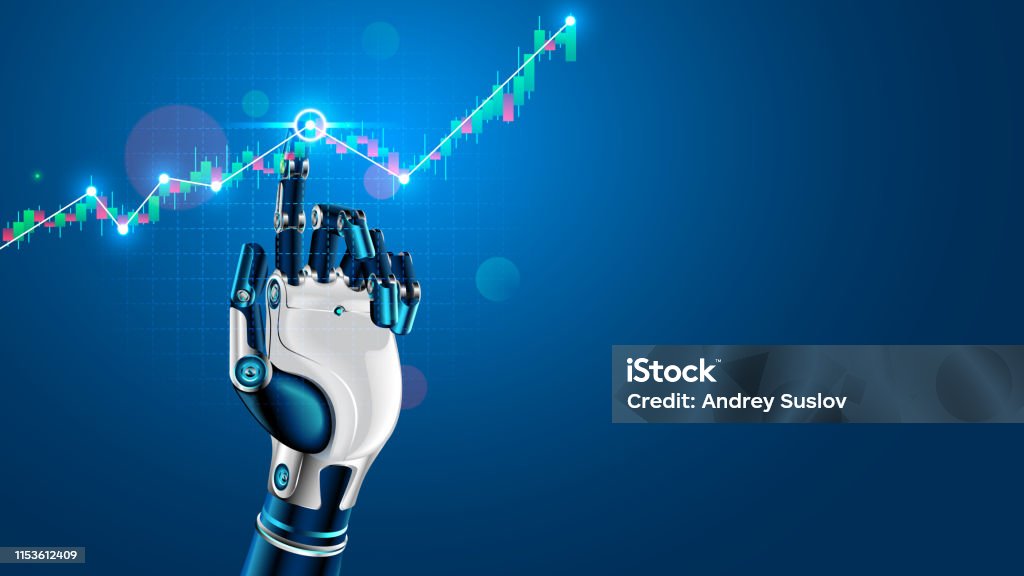As artificial intelligence (AI) continues its rapid integration into virtually every aspect of modern business, ensuring its optimal performance becomes paramount. More than just a “set it and forget it” technology, AI requires constant monitoring and optimization to deliver its promised value. Without proper oversight, AI systems can falter, leading to inaccurate predictions, biased outcomes, and ultimately, business losses. That’s where AI monitoring tools come in, offering a crucial layer of visibility into the inner workings of your AI models and pipelines, enabling proactive problem-solving and continuous improvement.
Understanding the Need for AI Monitoring
The Growing Complexity of AI Systems
AI is no longer confined to simple algorithms. Modern AI deployments often involve complex architectures, encompassing:
- Data pipelines: Extracting, transforming, and loading (ETL) data from various sources.
- Machine learning (ML) models: Trained on massive datasets and deployed for real-time predictions.
- Distributed systems: Running AI workloads across multiple servers and cloud platforms.
- Feedback loops: Where model predictions influence future training data, potentially introducing bias.
This complexity increases the likelihood of issues arising, making proactive monitoring essential. For instance, a sudden change in customer behavior might affect the accuracy of a recommendation engine, or a data pipeline issue could lead to stale data being fed into a fraud detection model.
The Risks of Unmonitored AI
Failing to monitor your AI systems can lead to significant consequences:
- Performance degradation: Models can become less accurate over time due to data drift or model decay. Imagine a demand forecasting model that was accurate during normal economic conditions, but struggles during a sudden recession.
- Bias and fairness issues: AI can perpetuate or amplify existing biases in training data, leading to discriminatory outcomes. For example, a loan application system trained on biased data might unfairly reject applications from certain demographic groups.
- Security vulnerabilities: AI systems can be vulnerable to adversarial attacks, where malicious actors intentionally manipulate inputs to cause incorrect predictions. Think of a self-driving car that misinterprets traffic signals due to adversarial interference.
- Compliance violations: Many industries are subject to regulations regarding the use of AI, particularly in areas like finance and healthcare. Failure to comply can result in fines and legal penalties.
- Increased operational costs: Identifying and fixing problems reactively is significantly more expensive than preventing them in the first place.
Key Features of Effective AI Monitoring Tools
Model Performance Tracking
- Accuracy metrics: Track key performance indicators (KPIs) such as accuracy, precision, recall, F1-score, and AUC for classification models; and RMSE, MAE, and R-squared for regression models. A well-rounded AI monitoring tool will allow you to customize these metrics.
Example: Monitor the accuracy of a customer churn prediction model over time to identify potential degradation.
- Real-time predictions: Monitor the distribution of model predictions to detect anomalies or unexpected shifts.
Example: If a fraud detection model suddenly starts flagging a large number of legitimate transactions, it could indicate a problem with the model or the data it’s using.
- Explainability insights: Provide insights into why a model made a particular prediction, helping to identify biases or errors. Look for tools that provide feature importance analysis or SHAP values.
Example: Understand why a credit scoring model rejected a particular applicant, ensuring the decision was based on valid factors.
Data Quality Monitoring
- Data drift detection: Alert you when the distribution of input data changes significantly, potentially impacting model accuracy.
Example: If the demographics of your customer base shift significantly, a model trained on older data might become less accurate.
- Data completeness: Monitor for missing values or incomplete data, which can negatively affect model training and prediction.
Example: Ensure that all required fields are present in customer records before feeding them into a lead scoring model.
- Data consistency: Verify that data is consistent across different sources and adheres to defined data quality rules.
Example: Ensure that customer addresses are formatted consistently across different databases.
- Data outlier detection: Identify anomalous data points that may indicate errors or fraudulent activity.
Example: Detect unusually large transactions that may indicate credit card fraud.
Infrastructure and Resource Monitoring
- Resource utilization: Monitor CPU, memory, and storage usage to identify bottlenecks and ensure optimal performance.
Example: If a model serving endpoint is consistently maxing out CPU usage, it may be necessary to scale up the resources or optimize the model.
- Latency monitoring: Track the time it takes for models to make predictions, ensuring a responsive user experience.
Example: Monitor the latency of a real-time recommendation engine to ensure that users receive recommendations quickly.
- Error tracking: Log and track errors that occur during model training and prediction, helping to identify and resolve issues quickly.
Example: Automatically log any exceptions that occur during model inference, along with relevant context information.
Alerting and Reporting
- Customizable alerts: Configure alerts based on specific thresholds or conditions, notifying you of potential problems.
Example: Set up an alert to notify you if the accuracy of a model drops below a certain level or if data drift exceeds a predefined threshold.
- Reporting dashboards: Provide comprehensive visualizations of key metrics, allowing you to easily track performance and identify trends.
Example: Create a dashboard showing the accuracy of all deployed models over time, along with key data quality metrics.
- Integration with existing systems: Integrate with your existing monitoring and alerting systems, such as Prometheus, Grafana, and Slack.
Choosing the Right AI Monitoring Tool
Defining Your Requirements
Before selecting a tool, carefully consider your specific needs and requirements:
- What types of AI models are you using? (e.g., classification, regression, NLP, computer vision)
- What data sources are you using? (e.g., databases, data lakes, streaming platforms)
- What infrastructure are you using? (e.g., cloud, on-premise, hybrid)
- What are your key performance indicators (KPIs)?
- What are your compliance requirements?
- What is your budget?
Evaluating Different Options
- Open-source vs. commercial: Open-source tools offer flexibility and customization, while commercial tools typically provide more features and support.
- Ease of use: Choose a tool that is easy to use and integrate into your existing workflow. Look for intuitive interfaces and comprehensive documentation.
- Scalability: Ensure that the tool can scale to handle your growing AI deployments.
- Integration capabilities: Verify that the tool integrates with your existing data sources, infrastructure, and monitoring systems.
- Security: Ensure that the tool is secure and protects your sensitive data.
Popular AI Monitoring Tools
Several AI monitoring tools are available, each with its own strengths and weaknesses. Here are a few popular options:
- Arize AI: A dedicated MLOps observability platform, offering features for model performance monitoring, data quality monitoring, and explainability.
- WhyLabs: Another dedicated platform for AI observability, providing features for data drift detection, model performance monitoring, and bias detection.
- Fiddler AI: Focuses on explaining and monitoring AI models, providing tools for understanding model behavior and identifying biases.
- Datadog: A general-purpose monitoring platform that can be used to monitor AI systems, offering features for infrastructure monitoring, application performance monitoring, and log management.
- Prometheus & Grafana: An open-source monitoring and alerting toolkit that can be used to monitor AI systems, particularly when combined with custom exporters and dashboards.
Implementing AI Monitoring in Practice
Starting with a Pilot Project
- Begin by implementing AI monitoring on a pilot project, focusing on a small number of critical AI models.
- Use this pilot project to identify any issues and refine your monitoring strategy.
Automating the Monitoring Process
- Automate the monitoring process as much as possible, using scripts and APIs to collect and analyze data.
- Integrate AI monitoring into your CI/CD pipeline to ensure that new models are automatically monitored.
Continuously Improving Your Monitoring Strategy
- Regularly review your monitoring strategy and make adjustments as needed.
- Stay up-to-date with the latest advances in AI monitoring tools and techniques.
- Monitor the monitors – ensure the monitoring systems are healthy and functioning as intended.
Conclusion
AI monitoring tools are no longer a luxury, but a necessity for any organization that relies on AI. By proactively monitoring your AI systems, you can ensure optimal performance, mitigate risks, and achieve your business goals. Choosing the right tool and implementing a robust monitoring strategy are critical steps in realizing the full potential of AI. Don’t wait for problems to arise; invest in AI monitoring today and ensure the long-term success of your AI initiatives.




